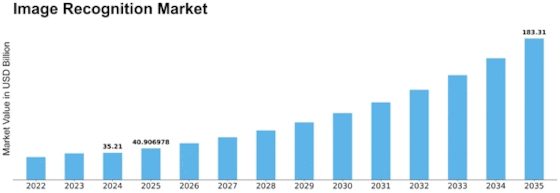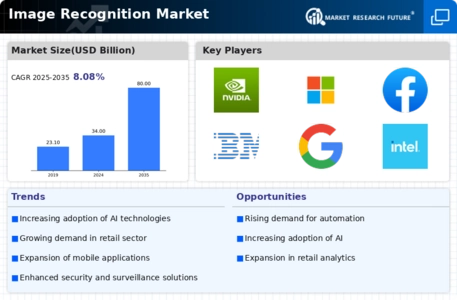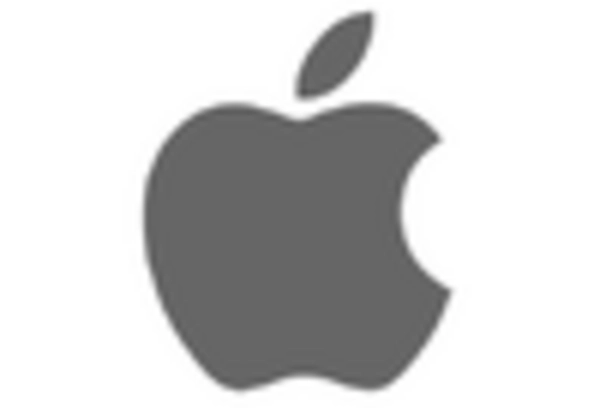Image Recognition Size
image recognition market Growth Projections and Opportunities
The market dynamics of image recognition have been experiencing remarkable growth and evolution, driven by advancements in technology and an increasing demand for innovative solutions across various industries. Image recognition, a subset of artificial intelligence, involves the interpretation and understanding of visual information by machines. This market has witnessed significant traction due to its diverse applications, ranging from facial recognition in security systems to object detection in autonomous vehicles.
One of the key driving forces behind the growth of the image recognition market is the surge in data availability and the development of robust algorithms. With the proliferation of digital images and videos, there is a vast pool of data that can be utilized to train image recognition systems. Machine learning algorithms, particularly deep learning models, have shown remarkable capabilities in extracting meaningful patterns and features from visual data, enhancing the accuracy and reliability of image recognition systems.
Industries such as healthcare, retail, automotive, and security have been at the forefront of adopting image recognition technologies. In healthcare, for instance, image recognition plays a crucial role in medical diagnostics, aiding in the identification of diseases through the analysis of medical imaging data. In retail, businesses are leveraging image recognition for inventory management, customer engagement, and even cashier-less checkout systems. The automotive industry is integrating image recognition into advanced driver assistance systems (ADAS) and autonomous vehicles, enhancing safety and navigation capabilities.
The market dynamics are also influenced by the increasing focus on enhancing user experiences and convenience. Facial recognition, a subset of image recognition, has gained widespread adoption in consumer devices such as smartphones for secure authentication and personalized experiences. This trend is likely to continue as businesses explore innovative ways to leverage image recognition for customer engagement and satisfaction.
Moreover, the competitive landscape of the image recognition market is characterized by the presence of established players and emerging startups. Established tech giants are investing heavily in research and development to stay ahead in the race, while startups are bringing fresh ideas and agile solutions to the market. This dynamic competition fosters innovation and drives the continuous evolution of image recognition technologies.
Challenges, however, accompany the growth of the image recognition market. Concerns related to privacy and data security have become paramount as these technologies become more pervasive. Striking the right balance between innovation and ethical considerations is crucial for the sustained growth of the market. Additionally, addressing issues related to bias in image recognition algorithms is imperative to ensure fairness and inclusivity.
Looking ahead, the image recognition market is poised for further expansion with the integration of emerging technologies such as 5G, edge computing, and the Internet of Things (IoT). These advancements will enable real-time processing of large volumes of visual data, opening up new possibilities and applications for image recognition across diverse industries. As the market continues to evolve, collaboration and partnerships between technology providers, industry players, and regulatory bodies will play a pivotal role in shaping the future of image recognition and ensuring its responsible and ethical use in society.


















Leave a Comment